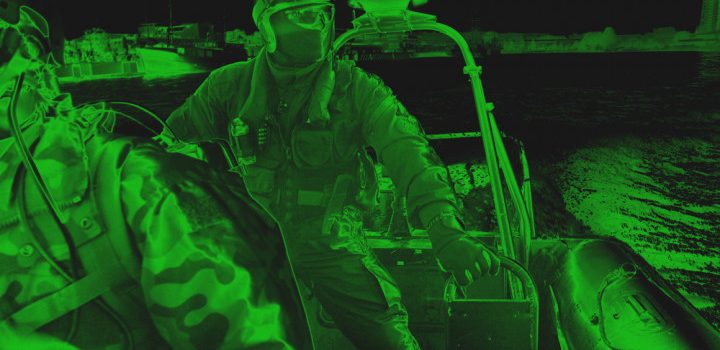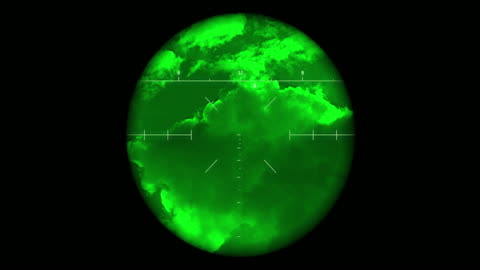
Night vision goggles, also known as NVGs, are special glasses that allow people to see in low-light conditions. They are often used by soldiers and law enforcement officers to help them navigate and carry out missions in darkness. Night vision goggles work by amplifying the available light so that users can see better in dark environments.
NVGs usually consist of two main parts: an image intensifier tube and a pair of eyepieces. The image intensifier tube is responsible for amplifying the light that comes into the NVGs. This amplified light is then projected onto a phosphor screen inside the eyepieces. The human eye cannot see this phosphor screen, but it glows brightly when hit by the amplified light. This allows users to see in the dark by looking through the eyepieces of the NVGs.
There are different types of night vision goggles that use different methods to amplify light. The most common type is image-intensifier night vision goggles, which use an image intensifier tube to amplify light. Other types of NVGs include active infrared night vision goggles and thermal imaging night vision goggles. Active infrared night vision goggles use a light source to illuminate their surroundings, while thermal imaging night vision goggles detect heat signatures to create an image.
Night vision goggles can be used for a variety of activities, including hunting, camping, stargazing, and security work. They can also be used in search and rescue missions and to help people navigate in low-light conditions.
How night vision goggles work – the different technologies involved
As mentioned before, night vision goggles work by amplifying the available light so that users can see better in dark environments. There are different types of night vision goggles that use different methods to amplify light. The most common type is image-intensifier night vision goggles, which use an image intensifier tube to amplify light.
Image-intensifier night vision goggles use a photoelectric effect to amplify light. This process begins when photons, or particles of light, hit the photocathode inside the image intensifier tube. The photocathode then emits electrons that are accelerated by a high voltage and hit a phosphor screen. This phosphor screen glows brightly when hit by the electrons and produces the image that users see when looking through the NVGs.
Other types of NVGs include active infrared night vision goggles and thermal imaging night vision goggles. Active infrared night vision goggles use a light source, such as an infrared LED, to illuminate their surroundings. This infrared light is invisible to the human eye but can be detected by the NVGs. The NVGs then amplify this light so that users can see in the dark.
Thermal imaging night vision goggles detect heat signatures to create an image. These NVGs contain a sensor that detects infrared radiation and converts it into an electrical signal. This signal is then processed to create an image that shows hot and cold spots. Thermal imaging NVGs can be used to see in complete darkness or to see through smoke, fog, and other obscurants.
NVGs can be used for a variety of activities, including hunting, camping, stargazing, and security work. They can also be used in search and rescue missions and to help people navigate in low-light conditions.
The benefits of using night vision goggles
Night vision goggles offer a number of benefits over other vision-enhancing devices. NVGs can be used in complete darkness, while other devices, such as flashlights, require some light to function properly. Additionally, NVGs do not produce any light, making them difficult to detect.
NVGs also have a wide field of view and can be worn for long periods of time without causing eye fatigue. Additionally, NVGs can be used with other optical devices, such as binoculars and scopes.
Finally, night vision goggles are relatively affordable and are available for purchase by the general public.
While night vision goggles have many benefits, there are also some drawbacks to using them. NVGs can reduce peripheral vision and can make it difficult to see in bright light. Additionally, NVGs can produce a greenish tint that can make objects appear blurry.



